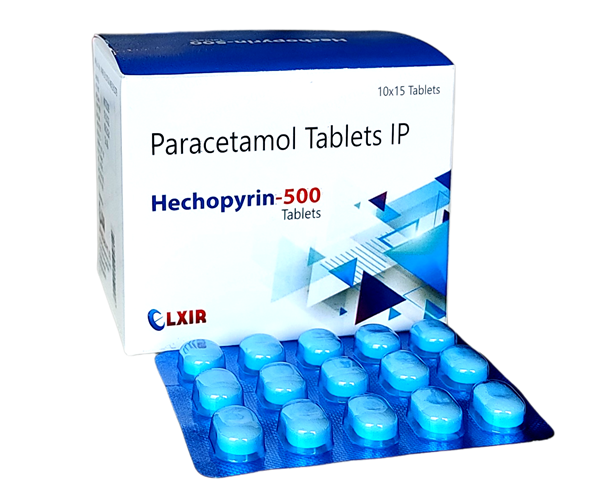Paracetamol, also known as acetaminophen (mainly in the U.S. and Canada), is a widely used medicine that acts as a pain reliever (analgesic) and fever reducer (antipyretic). It is commonly used for mild to moderate pain and fever and is available over the counter.
📋 General Information
- Other name: Acetaminophen (U.S., Canada).
- Drug class: Analgesic and antipyretic.
- Formulations: Tablets, capsules, syrups, suspensions, suppositories, and IV forms.
- Common brand names: Tylenol, Panadol, Crocin, Calpol, etc.
- WHO Essential Medicine: Recognized for its effectiveness and safety.
💊 Uses of Paracetamol
- Relieves pain such as:
- Headaches
- Toothaches
- Muscle pain
- Back pain
- Menstrual cramps
- Joint pain (e.g., arthritis)
- Reduces fever (commonly used for flu, infections, or post-vaccination).
- Used in combination with other drugs (like antihistamines or caffeine) in cold/flu medications.
⚙️ How It Works (Mechanism of Action)
- Central action: Inhibits prostaglandin production in the brain.
- Reduces pain: Blocks pain signals in the central nervous system.
- Reduces fever: Acts on the hypothalamus to lower body temperature.
- Minimal anti-inflammatory action: Not as effective as NSAIDs for inflammation.
🧪 Dosage Guidelines
- Adults:
- 500 mg to 1000 mg every 4–6 hours.
- Maximum: 4000 mg (4 g) in 24 hours.
- Children:
- Dosage based on weight (usually 10–15 mg/kg per dose).
- Do not exceed the recommended daily dose.
⚠️ Side Effects and Safety
- Generally safe at normal doses.
- Liver toxicity is the most serious risk with overdose.
- Rare side effects: Allergic reactions, rashes, low blood cell count.
- No stomach irritation, unlike NSAIDs (e.g., ibuprofen, aspirin).
- Safe during pregnancy (under medical advice).
🧯 Overdose Risks
- Overdose danger: More than 7.5–10 g/day in adults.
- Symptoms:
- Nausea, vomiting
- Abdominal pain
- Jaundice (yellow skin/eyes)
- Confusion or coma (severe cases)
- Antidote: N-acetylcysteine (NAC), most effective within 8–10 hours.
- Seek immediate medical help in case of overdose.
⚡ Interactions and Precautions
- Avoid alcohol: Increases liver damage risk.
- Watch for other medicines containing paracetamol (e.g., cold/flu meds).
- Long-term use with blood thinners (like warfarin) may increase bleeding risk.
📚 Key Facts
- Discovered: In the 1800s, used widely since the 1950s.
- One of the most used medicines globally.
- Included in WHO’s List of Essential Medicines.
- Often recommended for people who can’t tolerate NSAIDs.
